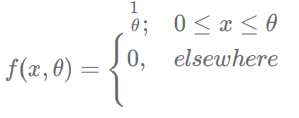Question
The terminal cell of the 2- celled proembryo divides by
longitudinal wall and the basal cell and terminal cell both contribute to the development of embryo inSolution
Six embryogeny types have been defined based on the sequence of divisions of the basal and terminal cells and which cell derivatives contribute to the mature embryo: 1.Asterad Type: •Terminal cell divides longitudinally. •Both basal and terminal cell derivatives contribute to mature embryo. 2.Caryophyllid Type: •Terminal cell divides transversely. •Only terminal cell derivatives contribute to mature embryo. 3.Chenopodiad Type: •Terminal cell divides transversely. •Both basal and terminal cell derivatives contribute to mature embryo. 4.Crucifer or Onagrad Type: •Terminal cell divides longitudinally. •Only terminal cell derivatives contribute to mature embryo. 5.Solanad Type: •Terminal cell divides transversely. •Basal cell derivatives form a suspensor but do not contribute to mature embryo development. 6.Piperad Type: •Zygote divides longitudinally. •Does not form basal and terminal cells.
For the ANOVA which of the following options is INCORRECT.
1. Null hypothesis H0 : μ1 = μ2 = ... = μn
2. F ...
For the distribution with unknown θ

We set the tes...
The grouped data for the observation are as follows.
Class : 2-4 4-6 6-8<...
If ten coins are tossed simultaneously, then the probability of getting at most I head is:
If mean and mode of the distribution is 32 and 21, then the distribution:
For making frequency distribution, the number of classes used depends upon:
Which one is parameter from population?
The mean and median of the distribution are 10 and 11 respectively, then the mode equals to
The deseasonalised time - series data will have only trend (T), cyclical (C) and irregular (I) components and is expressed as:
If xi | fi , i = 1,2,...n is a frequency distribution with standard deviation 15 and mean 30, the coefficient of variation will be equal to:
Relevant for Exams:



